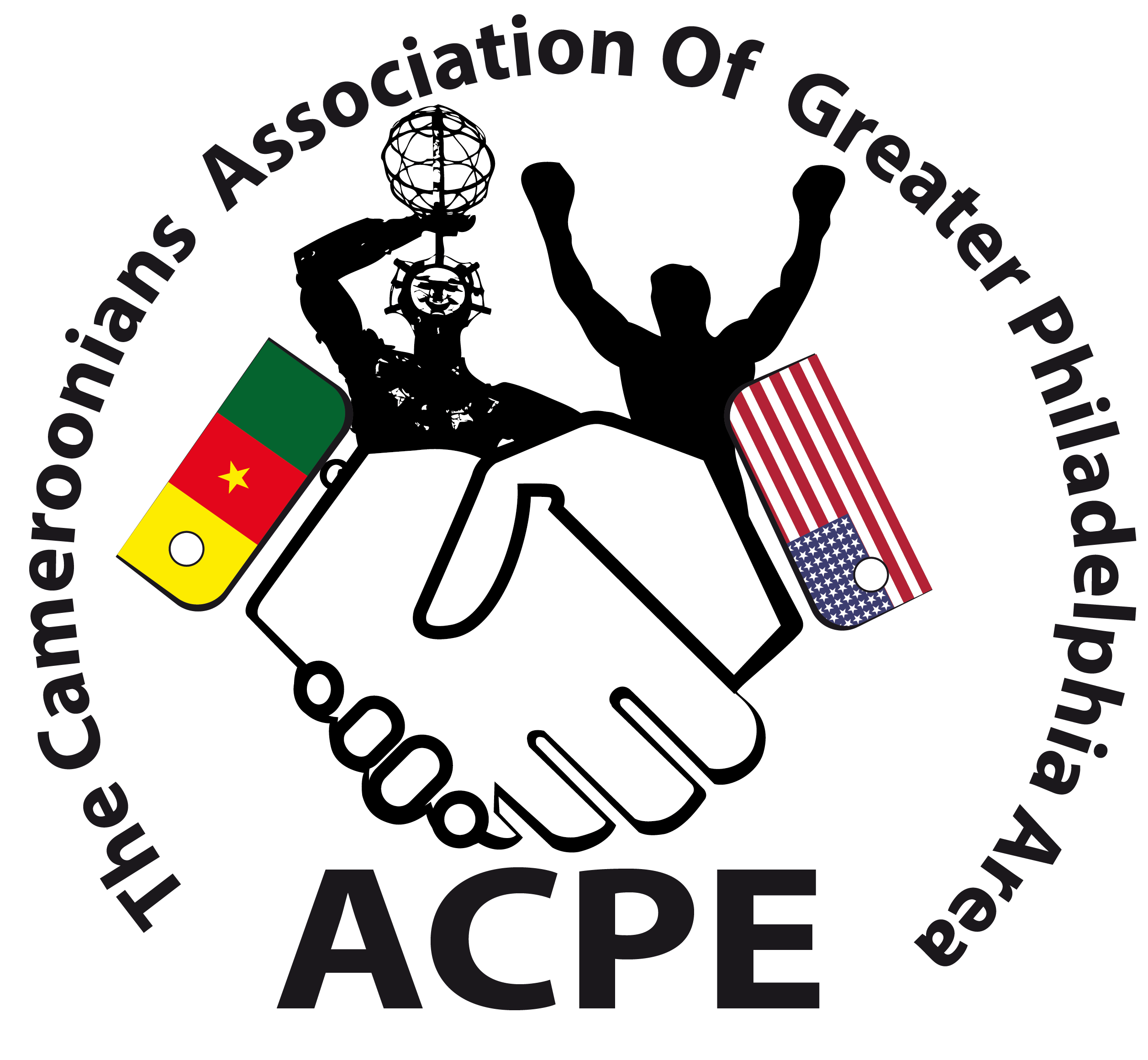History Of Cameroon
1860-1870
In the years 1860-1870, the French and the Germans began to take an interest in Cameroon. … On July 14, 1884, the German flag flew in Cameroon Towns which became Kamerun for the Germans and later Douala, and this territory became under the German protectorate of Kamerun.
In 1472
In 1472, the sailors of the Portuguese Fernando Pó entered the Wouri estuary, marveling at the abundance of shrimp in the river which they immediately called Río dos Camarões. The English sailors adopted this name by anglicizing it, hence the current name of Cameroon.
Evolution
Evolution of the Cameroonian flag: It was adopted by the Legislative Assembly of Cameroon (Alcam), on May 10, 1957. It then had three vertical bands (Green; Red; Yellow) of equal dimensions.
October 1, 196
On October 1, 1961 with the reunification of East Cameroon and West Cameroon, a new state was born. It adopts the colors, but adds two gold stars on the green band, symbolizing the two federated states. Then, on May 20, 1972, the proclamation of the unitary state imposed a new modification of the flag. The first ceremony for the sending of the national colors and the performance of the national anthem took place on Sunday, November 10, 1972.The three vertical bands of equal dimensions: green, red and yellow, struck with a star of five-pointed gold in the middle of the red band, represents a symbol of pride for all Cameroonians, to belong to a single root.
Community
Ahmadou Ahidjo was elected president of Cameroon in 1960, and John Ngu Foncha became vice-president.
In 1961, during the unification of French Cameroon and the southern part of British Cameroon (the Southern Cameroons), the country took the name of “Federal Republic of Cameroon”. Two stars were added to the flag of French Cameroon to symbolize the federation. In 1962, the CFA Franc became the official currency of the country (in both zones). The multiparty system was banned, and the single party was called Cameroon National Union (UNC). In 1970, Salomon Tandeng Muna replaced Augustine Ngom Jua as 1st Minister of British Cameroon and was then elected Vice-President of the Federal Republic. On May 20, 1972, a referendum led to a unitary state and put an end to federalism.
February 4, 1984
President Ahidjo organized a new referendum to revise the constitution in 1975. It was not until November 1982 that he resigned for “health reasons” and was replaced by his former Prime Minister, Paul Biya. On February 4, 1984, the country took the name of Republic of Cameroon following a revision of the constitution adopted by the National Assembly. Paul Biya was elected president in 1984 and 1988.

